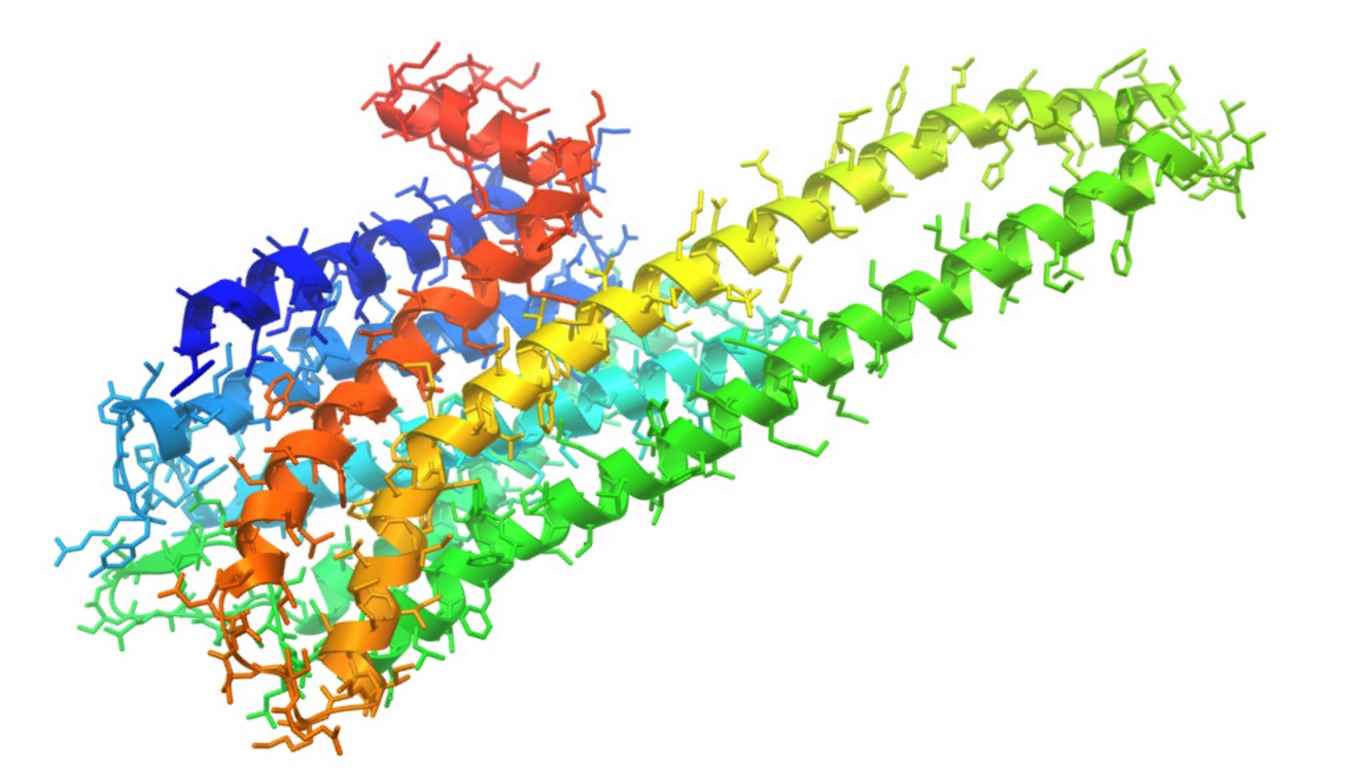Understanding psychedelics using molecular simulations
18 November 2021

With a global 4,4% (and increasing) prevalence of depression, scientists are constantly in search of more effective antidepressants. As cultural stigma's around psychedelics are slowly fading and more research is performed on these compounds, their exceptional antidepressant and anxiolytic effects look particularly promising to the field of neuropharmacology.
To understand how these effects are brought about, it is crucial to know more about the molecular machinery that is responsible: the serotonin 2A receptor (5-HT2AR). Cutting edge advances in cryogenic electron microscopy, have provided us with 3D molecular structures of the receptor, which can be used to study the receptor’s overall activation mechanism. What parts of the receptor are involved in allowing activation? What is the role of the psychedelic in this process? How does this process translate into the signalling cascade that follows activation?
Molecular dynamics
Since GPCRs are large proteins, embedded in a membrane and receptor activation occurs on time scales that are relatively large for molecular simulations, the use of conventional techniques is not feasible. Fortunately, advanced algorithms, known as enhanced sampling, tackle the issues limiting standard molecular dynamics by cleverly driving a system into other conformations. Additionally, the clever use of machine learning algorithms and running simulations on graphical processing units (GPUs), will be able to speed up the simulations even more.
Knowledge of the activation of the 5-HT2A receptors allows not only the design of molecules that can stimulate/improve on this process (agonists; antidepressants/anxiolytics), but also of compounds that can block it (antagonists; antipsychotics). This in turn has the potential to boost the design and development of therapeutic psychedelics, used in treating depression, anxiety and other conditions. In addition to that, the fact that GPCRs share the greater part of their structure means that extrapolation of our findings can point scientists in the field in a more specific direction when studying other GPCRs.
Read more
- NWO news item
- Website Computational Chemistry research group